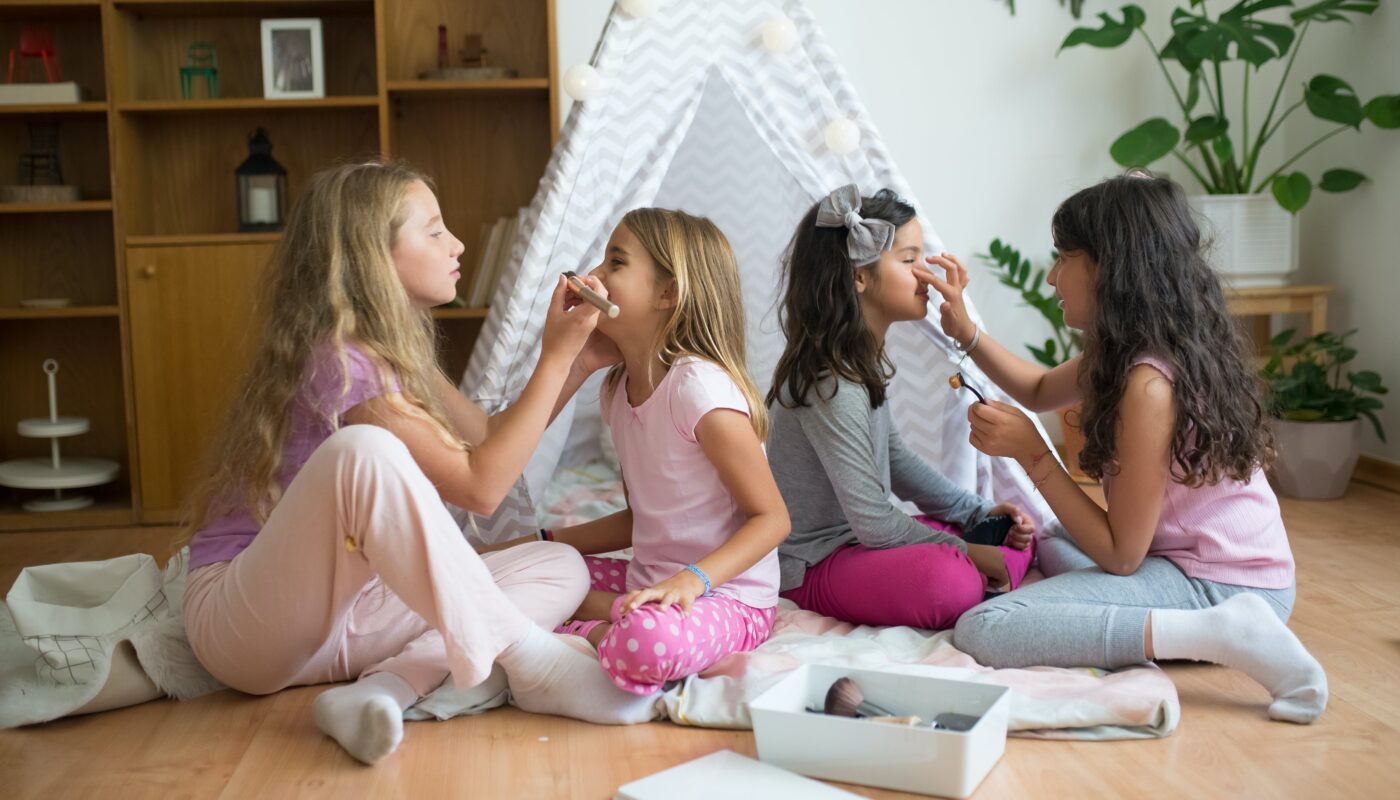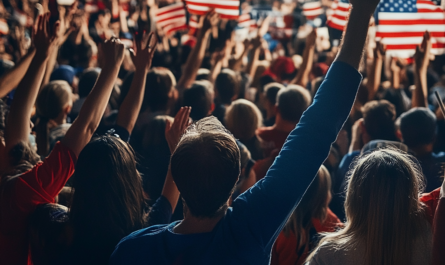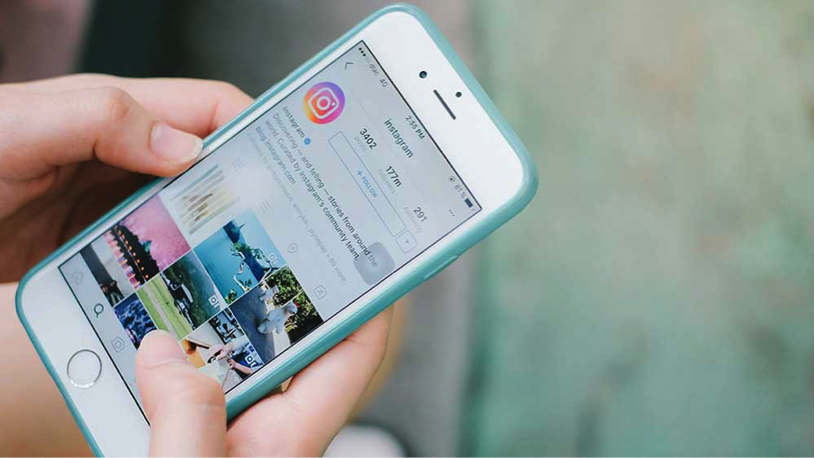By Nikki Roubos
If you’ve been scrolling through TikTok lately, you’ve likely seen the oversaturation of popular beauty brands like Drunk Elephant, Rare Beauty, Summer Fridays, and more. These brands, sold at Sephora, have surged in popularity thanks to TikTok beauty influencers like Alix Earle, who endorse them. However, unintended consequences are emerging from this trend, as influencers seem to be inadvertently influencing the wrong community. While Sephora targets women aged 18-34 as their audience, it turns out their most significant consumer demographic is tween girls aged 10-14. This has resulted in young girls flooding Sephora in search of the products TikTok beauty influencers are advertising. The problem? These products are not meant for children.
This phenomenon has taken TikTok by storm and given rise to the tag “Sephorakids,” which has amassed over 390 million views. Users across the platform are sharing their recent experiences with young girls in Sephora, and adults are not satisfied with the trend. One of the most popular videos under the tag was posted by the user @natsodrizzy, a Sephora employee. The video below has 3.8 million likes and details her encounter with a child complaining that her mother refused to let her spend $1000 on beauty products at the store. The controversy is that the mother caved and allowed her daughter to spend $500, which has sparked outrage among users.
Other videos include adults complaining about kids destroying displays and testers, wasting samples, and being rude to employees and customers. One of the most outrageous examples of this is the “skincare smoothie,” in which kids mix multiple skincare testers and leave the mess on display.
As with most social media controversies, people are eager to place the blame. In this case, millennials are under scrutiny. TikTok users have expressed their opinions about the millennial parenting approach, labeling them non-disciplinary. Generation Alpha has the highest screen time among generations, and individuals are calling out parents for their failure to limit it. Criticism and backlash are directed toward millennial parents online, and many are asking how they are raising such “awful children.”
Amid this controversy, questions emerge about the responsibility of influencers, brands, and retailers in shaping the behaviors and expectations of their audience. While influencers and brands may have a target demographic in mind, the reality is that their reach extends beyond those boundaries. As the discussion continues, the intersection of beauty, influencers, and younger demographics requires careful consideration to ensure a positive and responsible online experience.




I found your post super interesting! I’ve seen this trend on my tiktok FYP, along with the trend where younger girls showcase their higher end products and call it “preppy”. I agree, and think that influencers that re-popularized “get ready with me” style videos, not aware of the various demographics they would reach/ who would idolize them. Yet I also am curious how many people are actually concerned about super young girls using under eye cream versus their jealousy masked as concern? Despite it all, I really appreciate how your post talks about the various issues that this sort of trend has created, because it is something to be aware of as social media is only progressing in unpredictable ways.
Comment by Maddie Bertsch:
Hi Nikki, thank you for sharing. You did a really good job curating this blog post and looking at it from various perspectives. I think you hit the nail on the head when commenting on trends. When I was young I was obsessed with watching makeup creators on YouTube. It made me think I needed to have all of the same products as these grown up online. I was a 16-year-old in Sephora buying unnecessary products, so I understand both perspectives. I find it interesting that the age groups, platforms, and products change over time but the effect on young people still stays the same.
I loved this blog post, as it’s super accurate and a very popular topic on Tik Tok right now. I like how you address the age range that Sephora targets. I think it’s also important to note that most female influencers that are doing ‘get ready with me’ videos are likely also targeting people older than 10-14. It is interesting to put the situation in perspective and think about the fact that I personally didn’t wear makeup until I was around 14 years old and it consisted of drug store makeup. It may be important for brands sold in Sephora to think about the way their products are advertised, or maybe even take the opportunity to make safe and fun makeup for young females!
Thanks for sharing this I enjoyed reading this! I haven’t seen this on my TikTok but I think that it’s important that you addressed how Sephora and the age limit. I feel like people are starting to wear makeup so early now
I loved this blog post, Nikki! I have been seeing an immense amount of videos on this topic and am thrilled you chose to speak on it. A huge takeaway I had from this blog is how important it is to know your audience, and truly how to market to them. As you mentioned, many influencers did not realize that a large portion of their audience was a much younger generation. This in turn created an image for children that the norms, purchases, and activities of a young adult are fitting for them. I would love to see how and if influencers are going adjust their marketing strategies to truly target their admired audience.